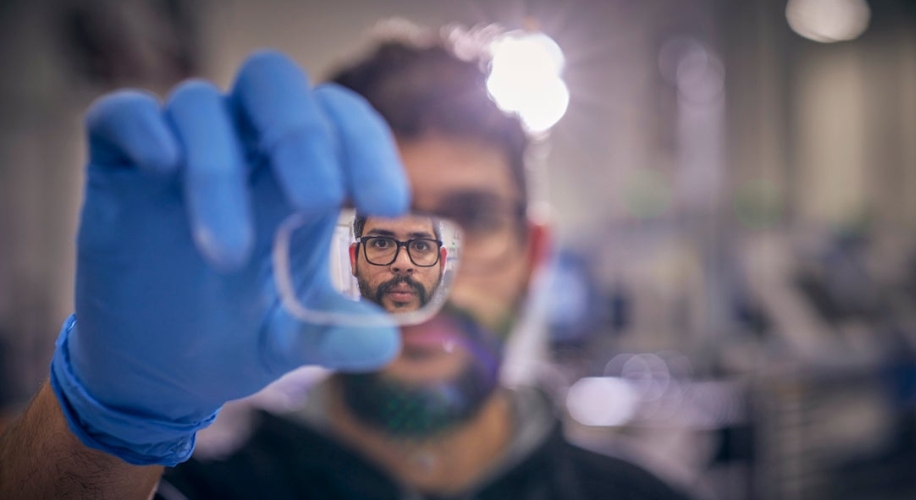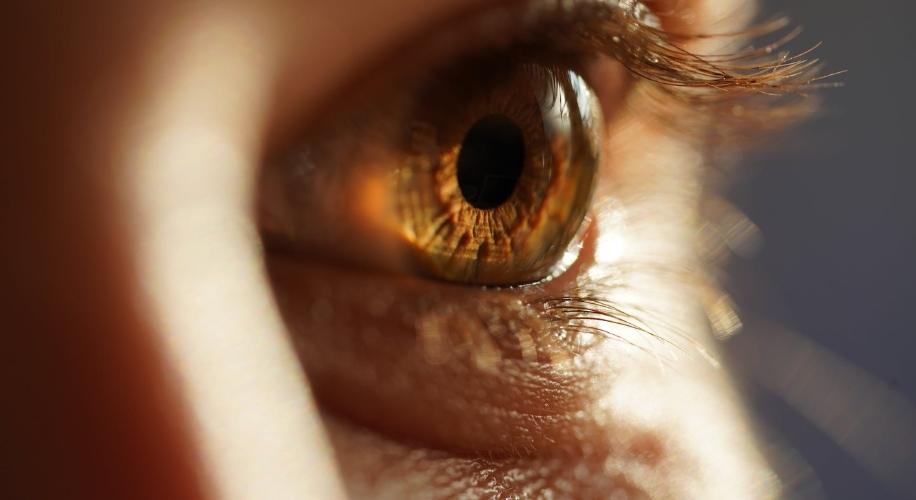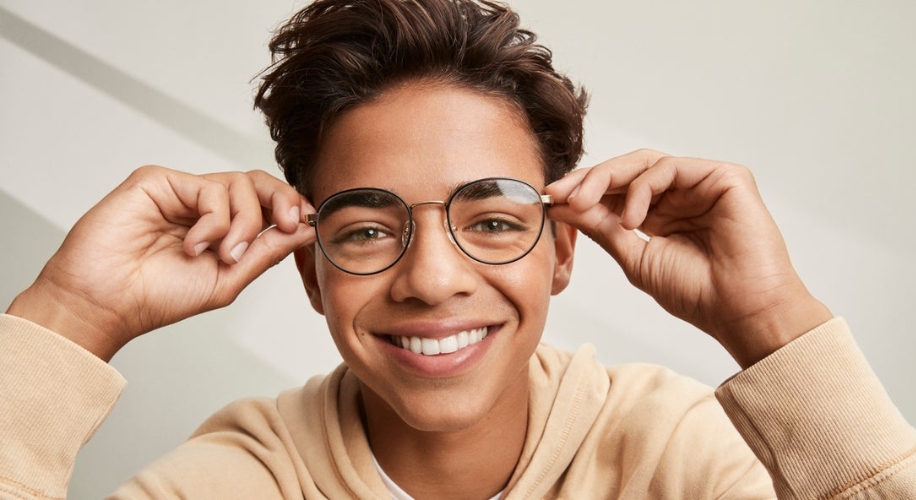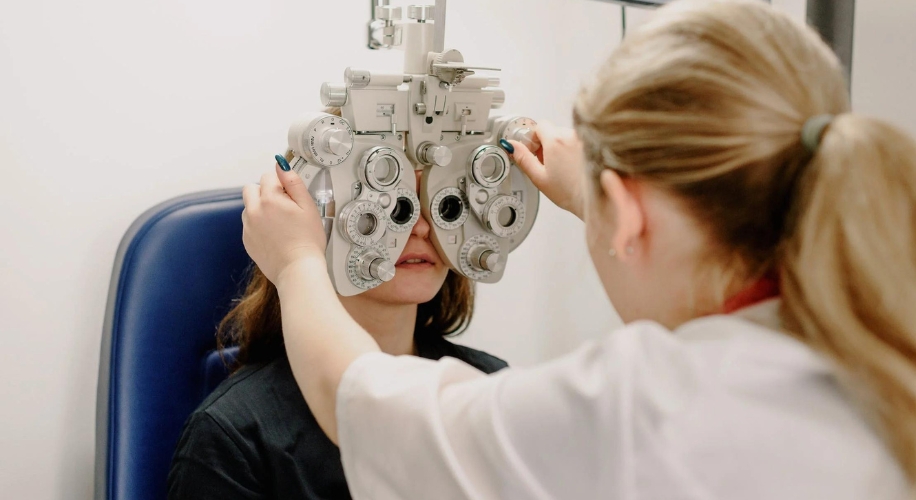What is Myopia? Unveiling the World of Near-Sighted Vision

Have you ever wondered what is Myopia or nearsighted vision? As we delve into the captivating universe of vision, our focus sharpens on the intriguing terrain of myopia. Whether you’ve heard the term “myopia” thrown around or you’re eager to understand what it means for your eyes, this blog post is your guide to unraveling the mysteries of near-sighted vision.
Understanding Myopia

Myopia Means Near-Sightedness
Firstly, let’s break down the term. Myopia is a common vision condition, often referred to as near-sightedness. Individuals with myopia can see close objects clearly, but distant objects appear blurry. This happens because light entering the eye focuses in front of the retina instead of directly on it.
Myopia as a Medical Term
In the realm of eye health, myopia is the medical term used to describe this condition. It’s a refractive error, meaning that the eye doesn’t bend or refract light properly, leading to visual distortion.
Myopia and Your Eyes

Image from Mathias Celis
The Mechanics of Myopic Vision
Imagine your eye as a camera. In myopic eyes, the image falls short of the retina, causing visual fuzziness for objects at a distance. This discrepancy in focus can be attributed to the elongation of the eyeball or steepening of the cornea.
Prevalence of Myopias
Myopia is a widespread condition, affecting people of all ages worldwide. In recent years, its prevalence has been on the rise, especially in urban areas where prolonged near-work activities, such as reading and screen time, are common.
Navigating Myopia: What You Need to Know

Symptoms of Myopia
If you find yourself squinting to see distant road signs or experiencing eye strain after reading, you might be dealing with myopia. Other symptoms include headaches and difficulty seeing clearly at night.
Addressing Myopic Vision
The good news is that myopia is manageable. Corrective lenses, such as eyeglasses or contact lenses, are often prescribed to compensate for the refractive error. Additionally, vision correction surgeries like LASIK may be considered for a more permanent solution.
Eye Care Tips for Myopias

Image from Ksenia Chernaya
- Regular Annual Eye Exams: Schedule comprehensive eye exams to detect and address myopia early.
- Reduce Screen Time: Give your eyes breaks from prolonged screen use to alleviate eye strain.
- Increase Outdoor Activities: Encourage outdoor activities, as studies suggest a potential link between increased outdoor time and reduced myopia progression in children.

At Zenni Optical, we prioritize the significance of clear vision, offering a diverse eyewear collection and lenses that cater to various prescriptions, including myopia. Whether you seek trendy frames or high-quality lenses, we’ve got you covered, allowing you to embrace style without compromising your vision. Myopia, more than just a term, is a common visual condition navigated daily. By understanding its implications and adopting proactive eye care practices, Zenni Optical is here to support your journey to clear, stylish vision.
Reference: American Academy of Ophthalmology
About the Author: Dr. Sophia Moh, OD, ABOC
Dr. Sophia Moh, OD, is an optometrist based in the Bay Area, California. She holds a doctorate from UC Berkeley School of Optometry and has worked in various eye care settings, including primary care optometry, general ophthalmology, community health clinics, and Veterans Affairs. Dr. Moh is dedicated to improving global vision health by making high-quality, affordable eyewear accessible to all. She is also a certified American Board Optician (ABO) and actively contributes to optical education through training and lectures.



 United States
United States